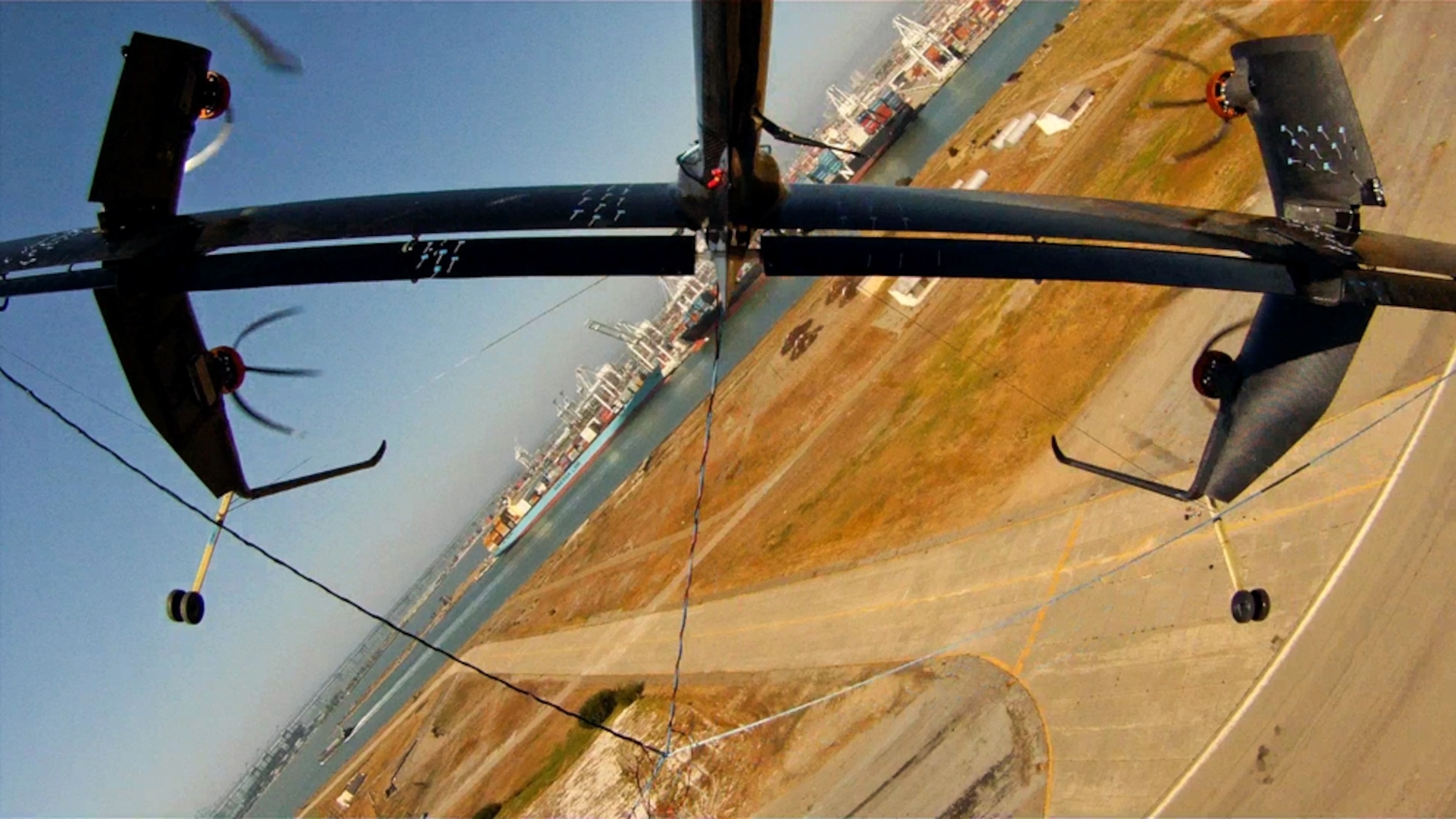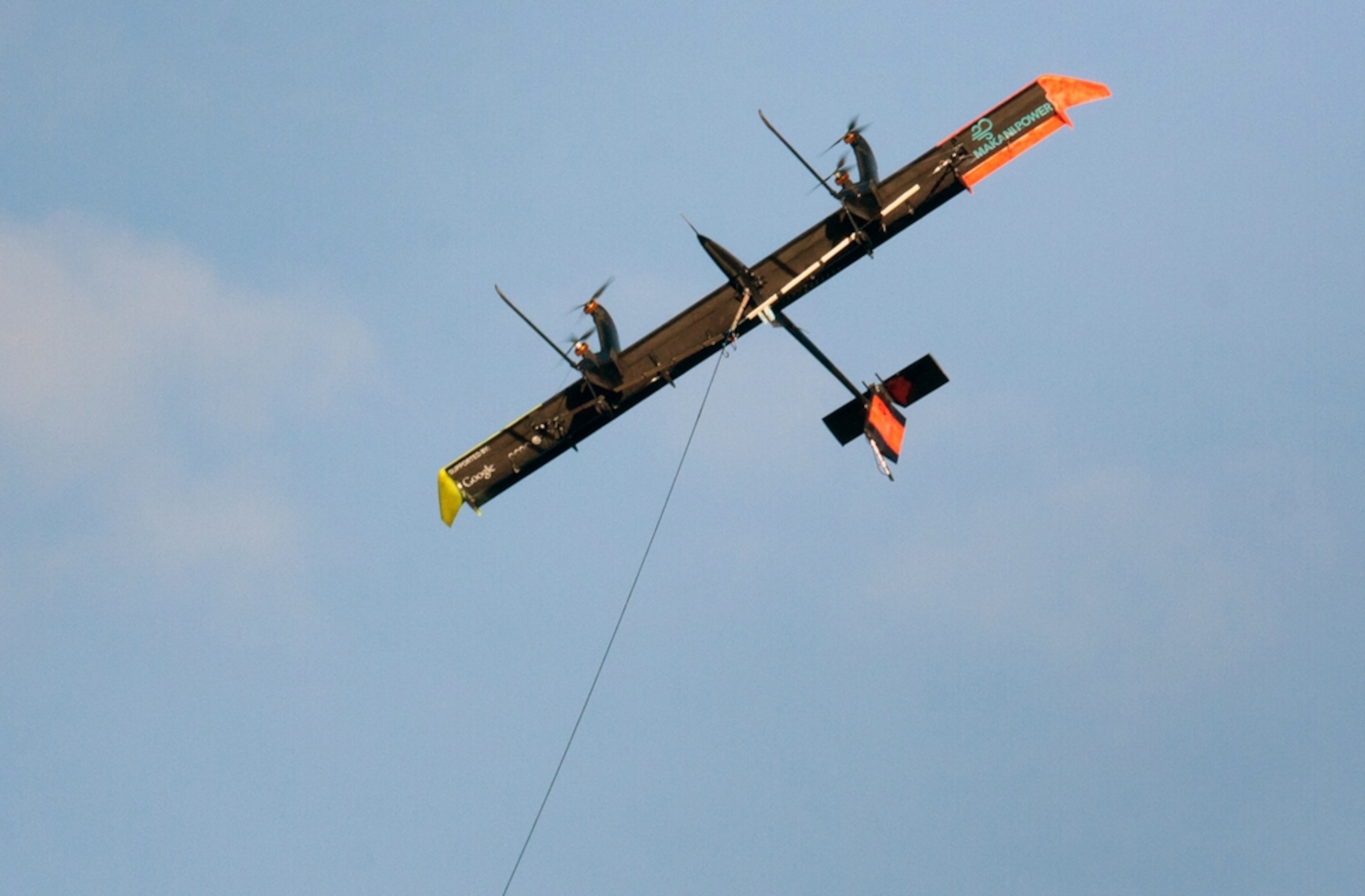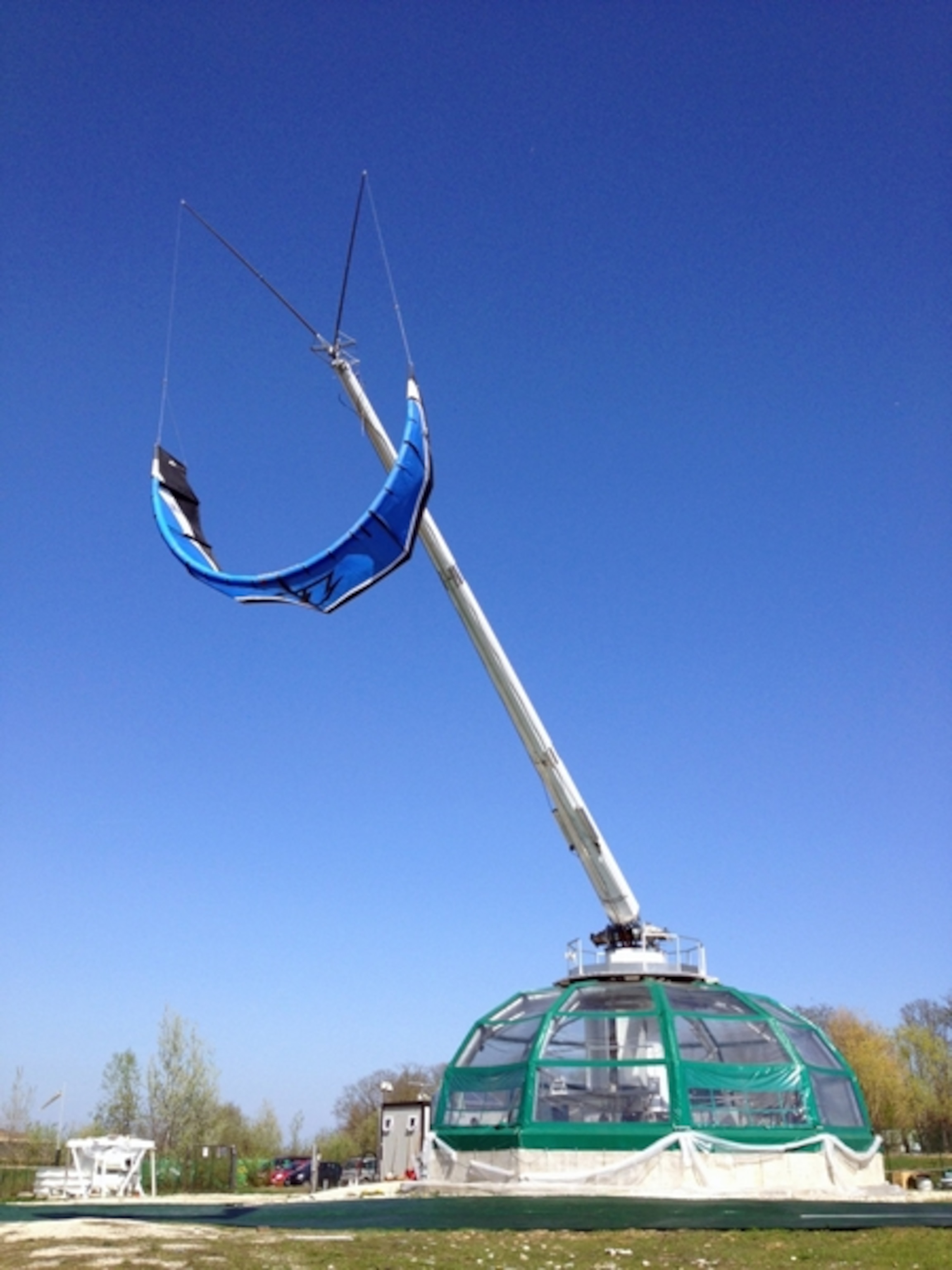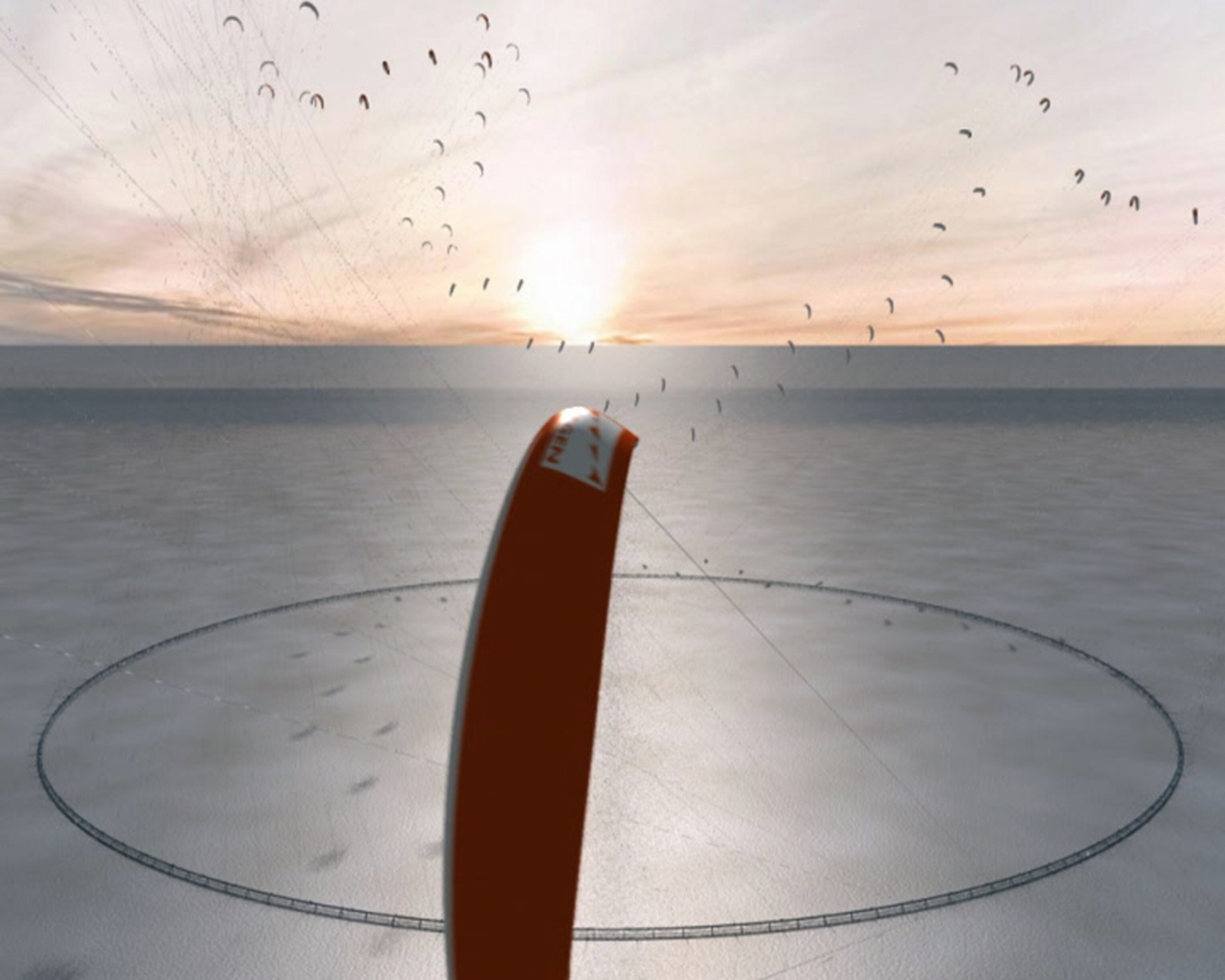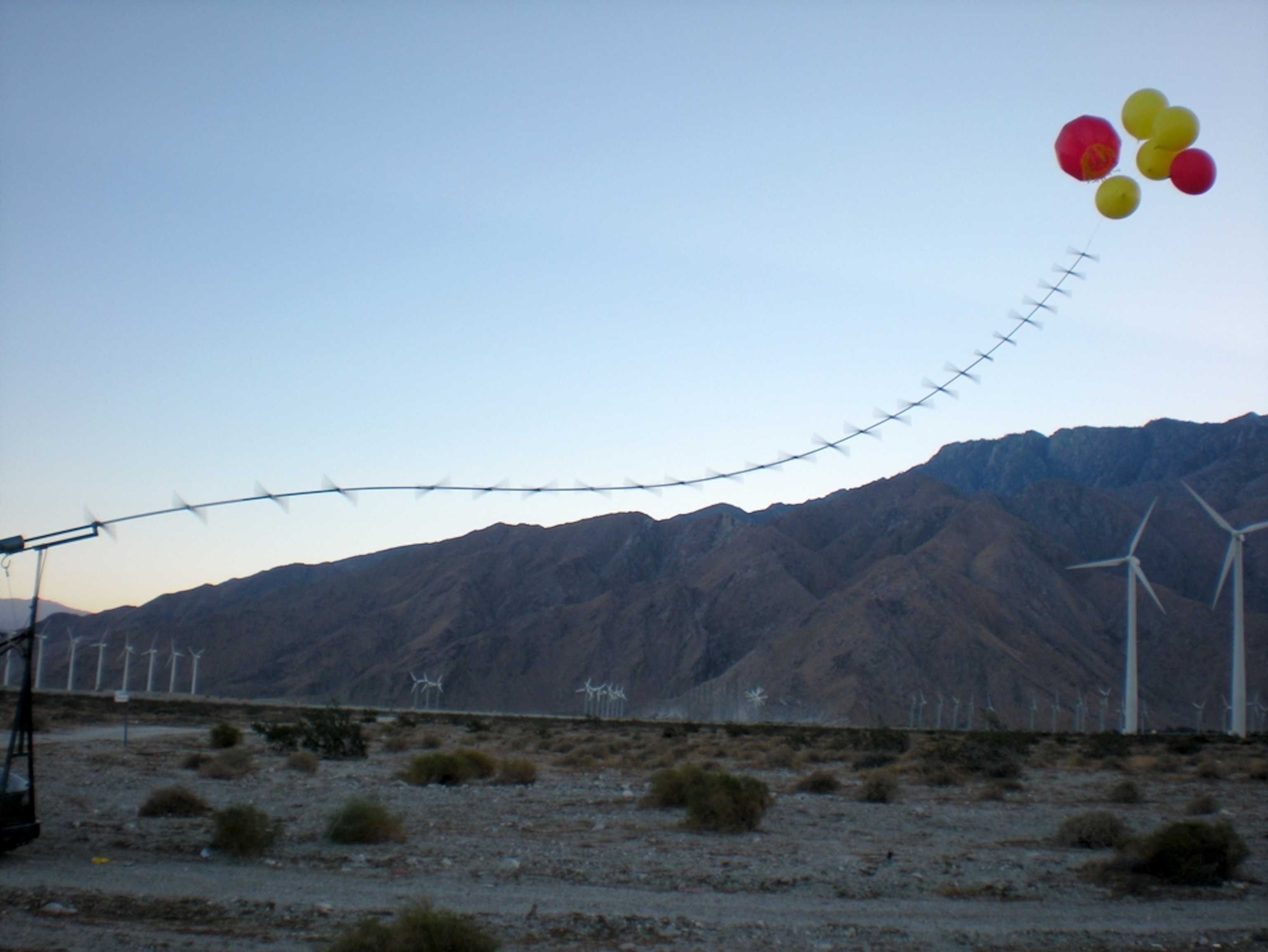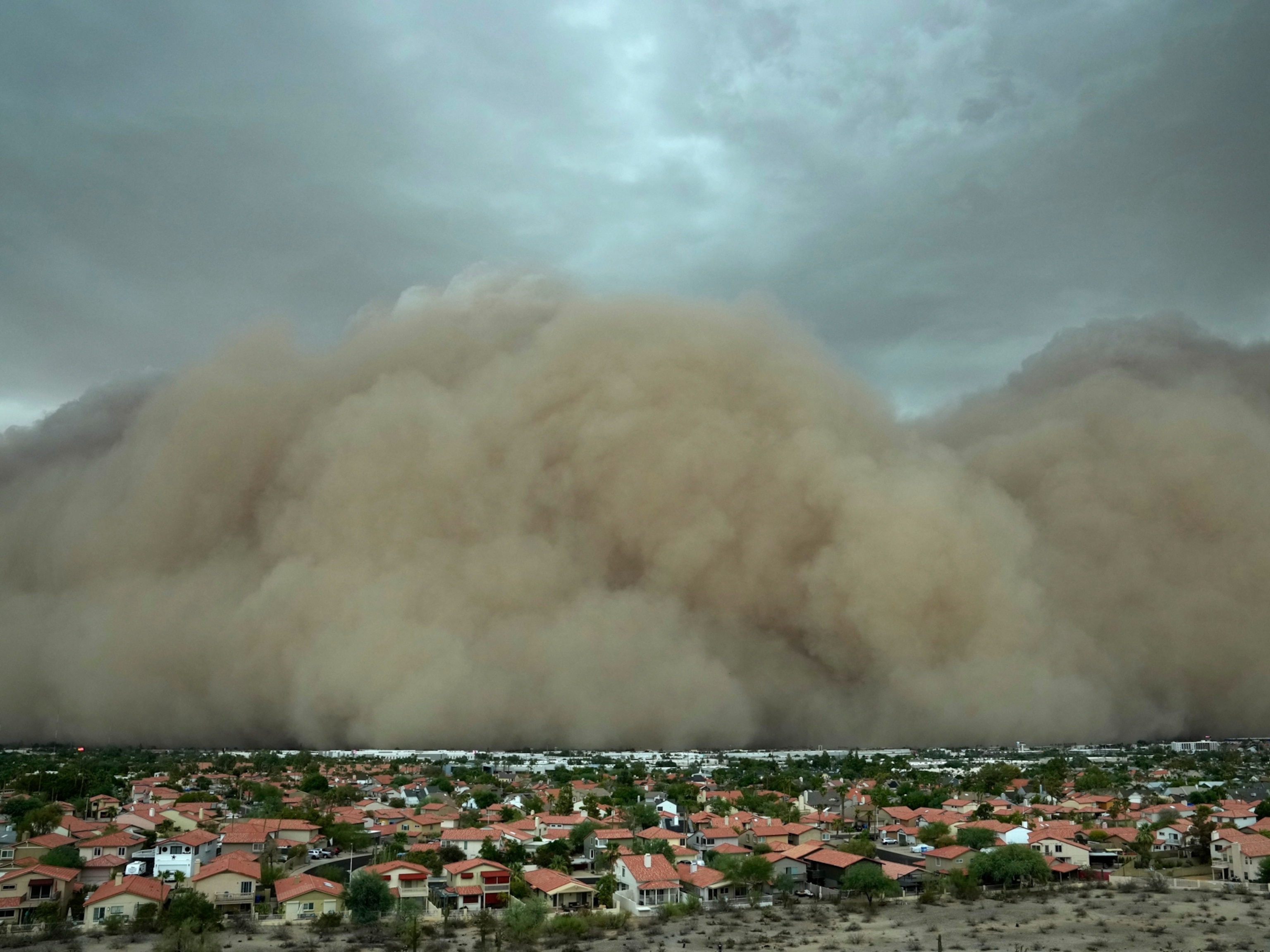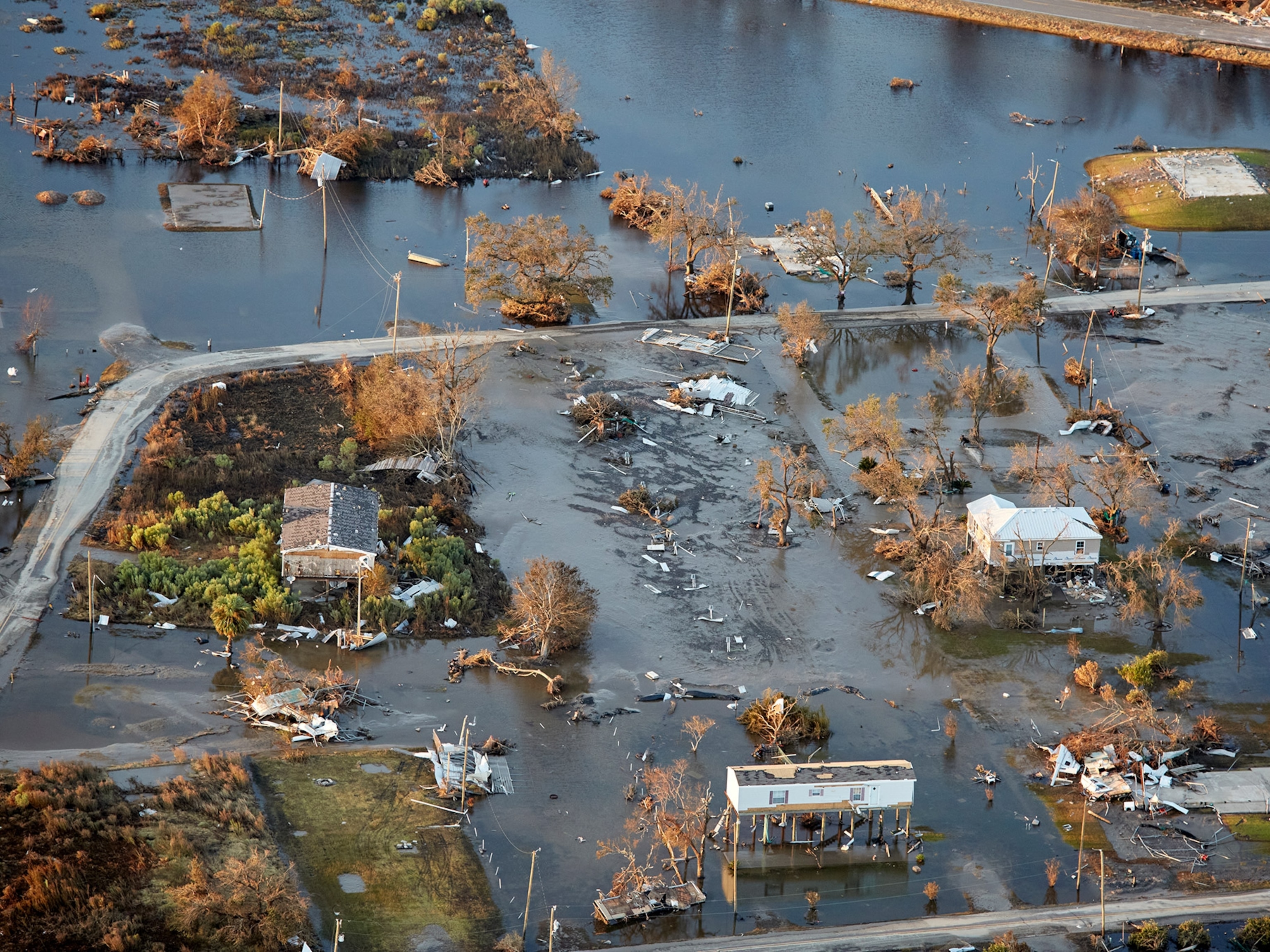1 of 8
Photograph courtesy Makani Power
Pictures: Flying Wind Turbines Reach for High-Altitude Power
Airborne wind energy pioneers are trying to harness the potential of high-altitude breezes, which have enough force—a new study reckons—to power all of Earth's energy needs.
September 25, 2012

